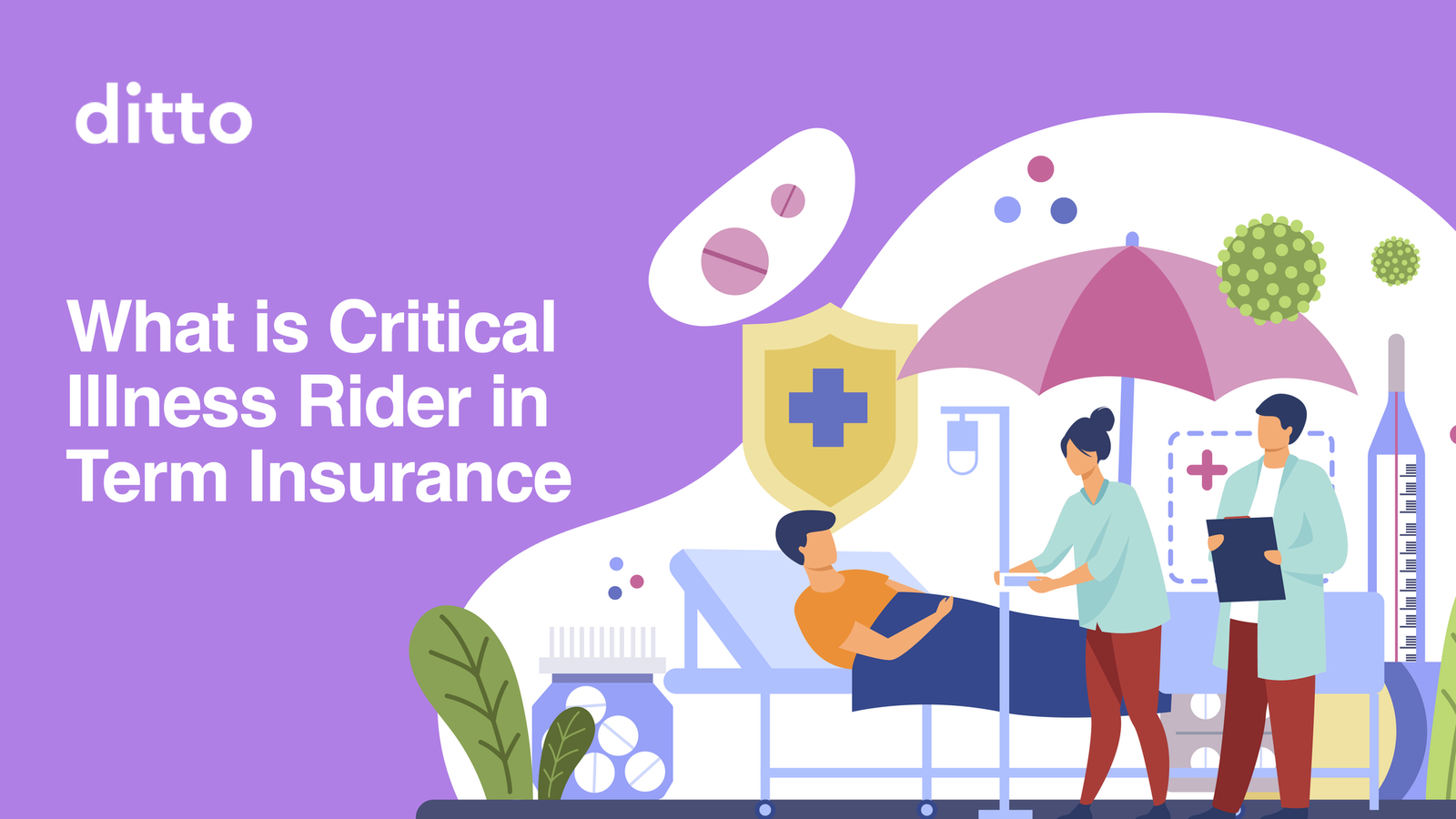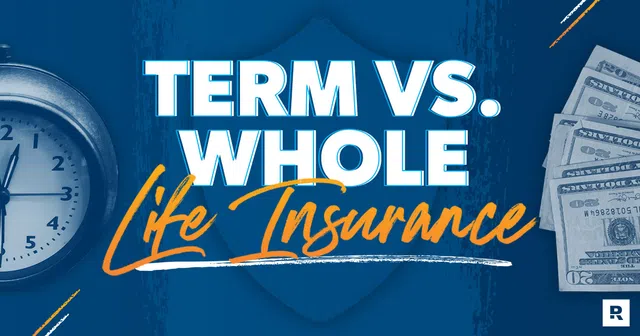Understanding Life Insurance with Critical Illness Rider
Life insurance is a cornerstone of financial planning, providing a safety net for families in the event of an untimely death. However, life doesn’t always follow a predictable path, and serious illnesses can disrupt even the best-laid plans. This is where a critical illness rider can be invaluable. By combining life insurance with a critical illness rider, individuals can ensure they are covered not only in the event of death but also if they are diagnosed with a serious illness. In this comprehensive guide, we will explore the benefits, considerations, and workings of life insurance with a critical illness rider.
What is Life Insurance?
Life insurance is a contract between an individual and an insurance company. In exchange for premium payments, the insurance company promises to pay a designated beneficiary a sum of money upon the insured person’s death. This financial support can help cover expenses like funeral costs, outstanding debts, and living expenses for dependents.
Types of Life Insurance
There are two primary types of life insurance: term life and whole life.
- Term Life Insurance: This type of insurance provides coverage for a specified period, such as 10, 20, or 30 years. If the insured person dies during the term, the beneficiaries receive the death benefit. Term life insurance is typically less expensive than whole life insurance.
- Whole Life Insurance: This type offers coverage for the insured’s entire lifetime, as long as premiums are paid. It also includes a savings component that can build cash value over time. Whole life insurance is generally more expensive than term life insurance.
What is a Critical Illness Rider?
A critical illness rider is an add-on to a life insurance policy that provides a lump sum payment if the insured is diagnosed with a serious illness specified in the policy. This rider is designed to help cover the costs associated with severe illnesses, which can include medical treatments, home modifications, and loss of income.
Common Illnesses Covered
Critical illness riders typically cover a range of severe health conditions, including:
- Cancer
- Heart attack
- Stroke
- Kidney failure
- Major organ transplant
- Coronary artery bypass surgery
- Multiple sclerosis
The exact list of covered illnesses can vary by insurer, so it is essential to review the policy details carefully.
Benefits of Adding a Critical Illness Rider
Incorporating a critical illness rider into a life insurance policy offers several significant benefits:
Financial Protection
A critical illness can lead to substantial medical bills and other expenses, such as travel for treatment or home care. The lump sum payment from a critical illness rider can help cover these costs, reducing financial stress during a challenging time.
Income Replacement
If a critical illness prevents the insured from working, the rider can provide a source of income to help cover daily living expenses, mortgage payments, and other financial obligations.
Flexibility
The lump sum payment from a critical illness rider can be used for any purpose. Whether it’s paying for experimental treatments not covered by health insurance, modifying a home for accessibility, or simply maintaining the family’s standard of living, the insured has the flexibility to use the funds as needed.
Peace of Mind
Knowing that there is a financial safety net in place can provide significant peace of mind. This allows the insured and their family to focus on recovery rather than worrying about finances.
How Does a Critical Illness Rider Work?
Understanding the mechanics of a critical illness rider is crucial for making an informed decision. Here’s a step-by-step overview of how these riders typically operate:
1. Policy Purchase
When purchasing a life insurance policy, the insured has the option to add a critical illness rider. This addition will increase the premium but also enhances the coverage.
2. Diagnosis
If the insured is diagnosed with a critical illness covered by the rider, they must notify the insurance company. The diagnosis usually needs to be confirmed by a medical professional.
3. Claim Filing
The insured files a claim with the insurance company, providing necessary medical documentation to support the diagnosis.
4. Claim Assessment
The insurance company reviews the claim and medical documentation. This process can vary in length, depending on the insurer and the complexity of the case.
5. Lump Sum Payment
If the claim is approved, the insurance company pays out a lump sum to the insured. This payment is typically tax-free and can be used at the insured’s discretion.
6. Policy Continuation
Depending on the terms of the rider, the life insurance policy may continue with a reduced death benefit, or the policy might be considered fulfilled. Some riders may allow the insured to maintain the full death benefit even after a critical illness claim.
Key Considerations When Choosing a Critical Illness Rider
Selecting a critical illness rider involves several important considerations to ensure it meets your needs:
Coverage Scope
Ensure that the rider covers a comprehensive list of critical illnesses. Some policies might have a more extensive list than others, so it’s crucial to compare the specifics.
Premium Costs
Adding a critical illness rider will increase the premium of your life insurance policy. It’s essential to balance the cost against the potential benefits and your overall budget.
Exclusions and Limitations
Be aware of any exclusions or limitations in the policy. For example, some policies may not cover pre-existing conditions, or there might be a waiting period before the coverage becomes active.
Payout Conditions
Understand the conditions under which the rider will pay out. This includes the severity of the illness required to trigger a payment and any documentation needed.
Policy Terms
Review how the critical illness rider affects the life insurance policy. Some riders might reduce the death benefit after a payout, while others may allow the policy to continue without change.
Who Should Consider a Critical Illness Rider?
A critical illness rider can be beneficial for various individuals, particularly those who:
Have a Family History of Serious Illnesses
If there is a history of critical illnesses in your family, adding this rider can provide extra peace of mind and financial security.
Lack Sufficient Emergency Savings
For those without substantial emergency funds, a critical illness rider can serve as a financial backup plan in case of a severe illness.
Are Self-Employed or Lack Disability Insurance
Self-employed individuals or those without disability insurance might find a critical illness rider especially valuable, as it can help cover lost income during illness recovery.
Desire Comprehensive Coverage
Individuals seeking comprehensive protection for themselves and their families will benefit from the added security of a critical illness rider.
Real-Life Scenarios
Understanding real-life applications can help illustrate the importance of a critical illness rider. Here are a few scenarios:
Scenario 1: Single Parent
A single parent is diagnosed with cancer and cannot work during treatment. The critical illness rider provides a lump sum payment that helps cover medical bills, mortgage payments, and daily living expenses, allowing the parent to focus on recovery without financial stress.
Scenario 2: Business Owner
A small business owner suffers a heart attack and needs time to recover. The payout from the critical illness rider helps keep the business running by covering operational costs and hiring temporary staff.
Scenario 3: Young Professional
A young professional with no significant savings is diagnosed with multiple sclerosis. The critical illness rider provides financial support, enabling them to make necessary home modifications and maintain their quality of life.
Conclusion
Life insurance with a critical illness rider offers a robust safety net, protecting against the financial impacts of severe health conditions. By understanding the benefits, workings, and considerations of this type of coverage, individuals can make informed decisions that best suit their needs and circumstances.
Investing in a critical illness rider not only provides financial security but also peace of mind, knowing that you and your loved ones are protected against life’s uncertainties. Whether you’re planning for your future or safeguarding your family’s well-being, this comprehensive coverage is a valuable addition to any financial plan.






